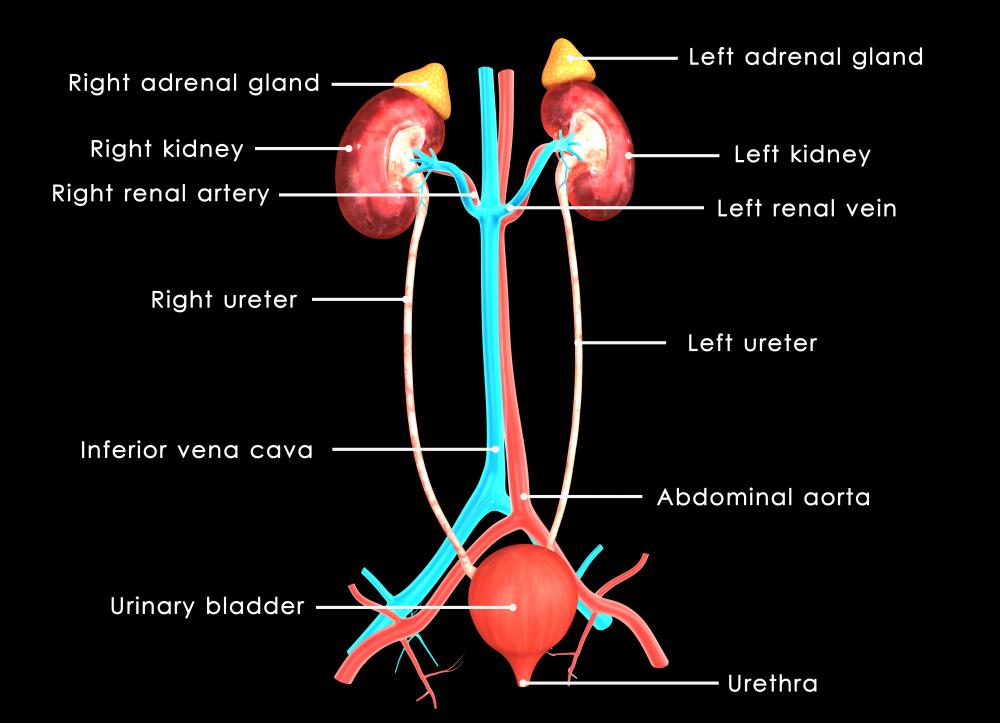At WiseGEEK, we're committed to delivering accurate, trustworthy information. Our expert-authored content is rigorously fact-checked and sourced from credible authorities. Discover how we uphold the highest standards in providing you with reliable knowledge.
What is an Iliac Vein?
The iliac vein is a major blood vessel of the pelvic region that gets its name from its location near the ilium, or hip, bone. It has three distinct sections. The external iliac vein is found toward either side of the pelvis and returns blood to the body from the leg via the femoral vein. Alongside it is the internal iliac vein, which is closer to the spine and receives blood from the reproductive organs and several muscles of the hip. These two converge near the top of the pelvis to form the common iliac vein, which returns blood from the lower body to the heart via the inferior vena cava.
Like all veins, the role of the iliac veins is to transport deoxygenated blood back to the heart and lungs to be oxygenated once again. Deoxygenated blood is blood that has already reached its destination — organs, muscles, and other vascular tissue — and delivered oxygen and vital nutrients to that tissue to keep it alive and functioning. Once these nutrients are delivered, via the arteries, the blood circulates via the veins back toward the heart and lungs, where it will pick up more nutrients and oxygen to be carried back out to the body. In this case, the deoxygenated blood is returning from the legs and pelvis to be transported through the common iliac vein back to the torso.

Blood transported by the external iliac vein is received from two major vessels: the inferior epigastric and femoral veins. The inferior epigastric vein returns blood from the rectus abdominus, the most superficial muscle of the abdominal wall, running downward toward the pelvis and merging with the external iliac on the anterior hip at the inguinal ligament. This is the ligament that crosses the front of the pelvis from the iliac crest to the pubic bone. The femoral vein, on the other hand, is the largest vein returning blood from the leg. A deep vein ascending from either thigh, it receives blood from all major tributaries in the leg and also meets the external iliac beneath the inguinal ligament.

The internal iliac vein is slightly shorter and narrower but receives blood from a greater number of tributaries. Situated interior to the pelvis and running parallel to the spine, it returns blood from the internal pudendal and vesical veins in men and the uterine, vaginal, and fetal umbilical vein in women, all of which are vessels of the reproductive system. It also brings deoxygenated blood back from the gluteal muscles via the gluteal vein and from the spine via the lateral sacral and iliolumbar veins. Once this blood enters the internal iliac inside of the pelvis, it merges with that of the external iliac at the top of the iliac bone to form the common iliac vein, which returns the blood to the inferior vena cava and subsequently to the heart.
AS FEATURED ON:
AS FEATURED ON:












Discuss this Article
Post your comments